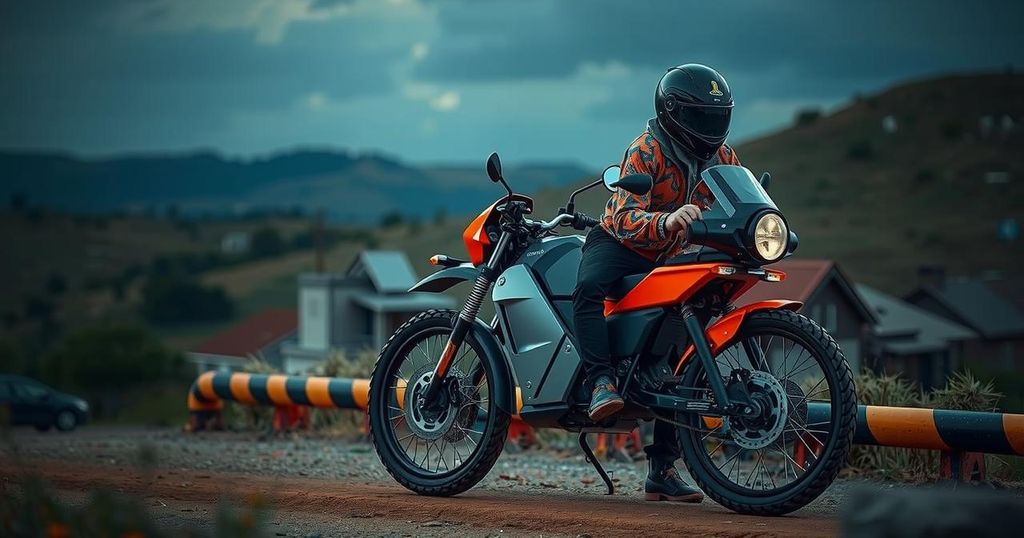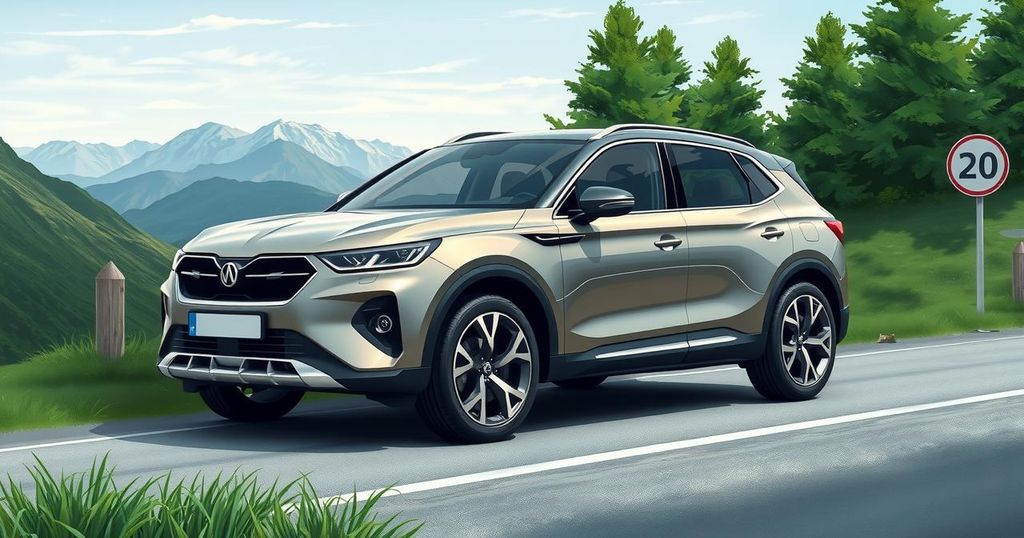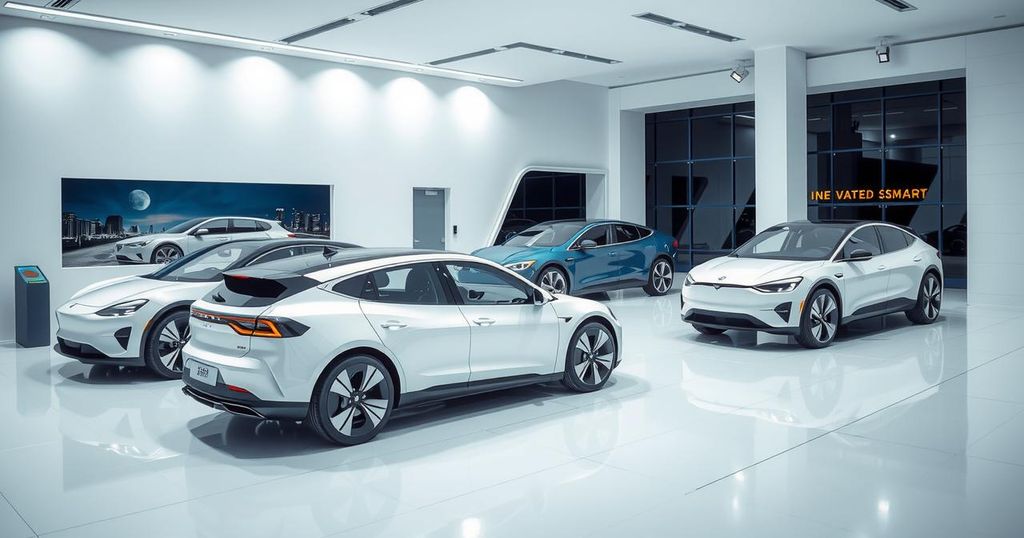Historic Solar-Powered Journey from Kenya to South Africa Highlights Electric Mobility Potential in Africa
A solar-powered electric motorcycle journeyed 6,000 kilometers from Kenya to South Africa, commencing on September 29, 2024, and concluding on October 16, 2024. This expedition, a collaboration between Stellenbosch University and Roam, exemplified sustainable transport solutions and showcased the potential for renewable energy in challenging terrains. Key achievements included covering 1,000 kilometers in one day and reaching a maximum speed of 115 km/h. The project underscores Africa’s capability in electric vehicle development and the commitment to ecological preservation and innovation in mobility.
In a remarkable demonstration of engineering and endurance, a solar-powered electric motorcycle, developed in Africa, has successfully completed a 6,000-kilometer journey from Kenya to South Africa. The undertaking, which began on September 29, 2024, from Nairobi, concluded on October 16, 2024, with the team arriving in Stellenbosch, South Africa, to align with the country’s Transport Month celebrations. This expedition, undertaken by Stellenbosch University (SU) in collaboration with the Kenyan electric mobility firm, Roam, showcased the potential of sustainable transport solutions across the continent. The chosen route traversed six countries: Kenya, Tanzania, Malawi, Zambia, Botswana, and South Africa, where the team achieved a staggering feat of covering 1,000 kilometers in a single day. The Roam Air, specifically designed for African terrains, carried SU PhD candidate Stephan Lacock and Roam’s product owner Masa Kituyi. They were supported by two vehicles, one equipped with a battery bank and solar panels serving as a mobile charging station for the motorcycle’s interchangeable batteries. The journey relied solely on solar energy for recharging, emphasizing the viability of renewable energy in remote locations. Professor Thinus Booysen, founder of the Electric Mobility Lab at SU, explained that this expedition was more than simply reaching a destination; it aimed to prove that Africa can develop sustainable solutions tailored to its unique challenges. Notwithstanding technical challenges, including equipment failures and adverse weather conditions, the team remained resilient. They encountered Malawi’s heavy rains and faced delays at border crossings but creatively addressed issues such as solar connector malfunction. The expedition also provided the team the opportunity to appreciate Africa’s breathtaking landscapes and wildlife, further accentuating the importance of preserving these natural environments for future generations. Highlights included sightings of elephants, rhinos, and lions, reinforcing the idea that clean energy can contribute to ecological conservation. On the eleventh day of travel, the team achieved notable milestones, successfully traversing 100 kilometers on a single charge and reaching a maximum speed of 115 kilometers per hour on the Roam Air. The successful completion of this journey has stirred excitement within the electric mobility sphere. Masa Kituyi remarked on the historic nature of this accomplishment for Roam, stating that it demonstrates Africa’s capacity to produce world-class electric vehicles. Following the expedition, Roam donated the two e-motorcycles utilized in the journey to the SU Electric Mobility Lab, further contributing to research and innovation in electric mobility. Professor Booysen’s extensive research focuses on the challenges associated with transitioning to sustainable energy solutions in Africa, aiming to electrify public transportation systems, including the retrofitting of electric buses and minibus taxis. The lab’s innovative approach addresses critical issues in charging infrastructure and emphasizes practical applications to accelerate the adoption of electric mobility across the continent. Backed by SANEDI and supported by LEAP-RE, a partnership promoting renewable energy technologies in Africa, the project exemplifies African ingenuity and determination. Professor Sibusiso Moyo lauded the endeavor as a significant achievement for both the research team and the continent’s commitment to innovation in sustainability.
This article outlines the successful journey of a solar-powered electric motorcycle from Kenya to South Africa, emphasizing the significance of sustainable transport solutions in Africa. The expedition represents a collaborative effort between Stellenbosch University and Roam, showcasing the capabilities of the Roam Air motorcycle designed for African conditions. It underscores the advancements in electric mobility and the importance of renewable energy for ecological conservation and socio-economic developments. The challenges faced during the journey, the team’s resilience, and the positive community response highlight the potential of electric mobility to enhance quality of life in Africa. Moreover, it signals a shift towards sustainable practices in the transportation sector, aligning with broader goals of renewable energy integration across the continent.
In conclusion, the successful completion of the solar-powered electric motorcycle expedition from Kenya to South Africa marks a significant milestone in demonstrating the viability of sustainable transport solutions in Africa. The journey highlights not only the technical achievements and collaborations between academic and industry partners but also the potential impacts on local communities and the environment. Strengthening the focus on electric mobility and renewable energy reflects Africa’s commitment to a cleaner and more sustainable future, positioning the continent as a leader in innovative transportation solutions.
Original Source: www.universityworldnews.com




Post Comment